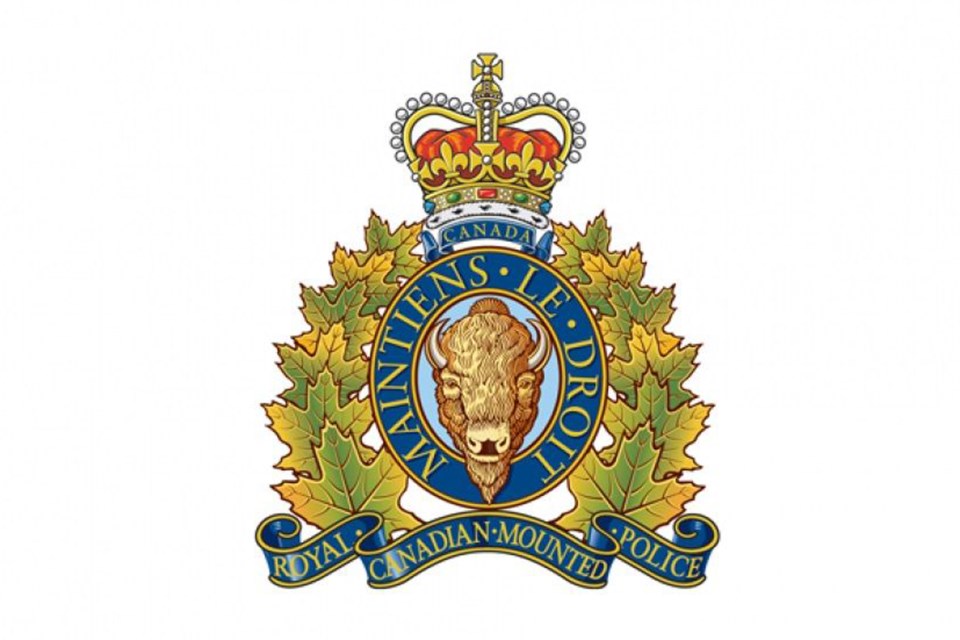Small and rural communities will begin contributing to frontline policing costs in 2020, according to Alberta Justice Minister Doug Schweitzer, who made the announcement Dec. 4 in Leduc County.
Communities will contribute 10 per cent of policing costs in 2020, followed by 15 per cent in 2021, 20 per cent in 2022 and 30 per cent in 2023, according to a government news release. The municipal tax base and population will determine each community’s policing costs.
“We want to ensure we fund law enforcement in an equitable and sustainable way that will ensure we have more police in our communities,” Schweitzer said. “With this new police funding model, we are making the single largest investment in rural policing since the March West and delivering on our promise to enhance public safety.”
It is no secret rural crime has been an ongoing issue in Alberta in recent years. Last week Rural Municipalities of Alberta (RMA) President Al Kemmere said, “Rural municipalities recognize they need to share in the costs of the solutions to support safer communities.”
The provincial government’s new police funding will inject more than $286 million over five years into frontline law enforcement to cover the costs of the additional RCMP officer and civilian positions, according to the government. Currently, Alberta pays 70 per cent of policing costs and the federal government covers the remaining 30 per cent.
Also, a new Alberta Police Advisory Board will be created, where a municipal leader will have a seat at the table, to collaborate with law enforcement and ensure that policing is in line with the priorities of those they are protecting.
‘A new reality’
“The effect is going to be far more profound for smaller urban areas than it will be for rural areas,” said County of St. Paul Reeve Steve Upham, describing it as a budget item they are not necessary prepared for and wasn’t prepared to venture a guess as to what the county’s cost will be.
“It’s a new reality that we have to deal with as municipalities,” Upham added.
“At the end of the day, if it means more boots on the ground . . . that will be a bonus.”
“We are just being asked for money and then the province and RCMP will use that money to put up extra resources into the areas where it’s needed most,” Upham said.
“I don’t know if there’s going to be a direct dollar for dollar benefit in the St. Paul area . . . We’ve been a hotspot, so we’ll probably receive more benefit.”
Like all towns over the population of 5,000, the Town of St. Paul is already paying for policing and that won’t change said Town of St. Paul Chief Administrative Officer Kim Heyman. According to the 2017 census, the town’s population is 5,963.
“Currently our budget for the actual RCMP contract is about $1.6 million,” Heyman said. “However, as the detachment hasn’t run with a full complement of members this year, we will likely pay closer to $1.4 million.”
In Elk Point, town council is still in the process of reviewing the information released from the province in regards to the new rural policing model, according to Elk Point Mayor Lorne Young.
The Municipal District of Bonnyville will be sitting in a similar position as the County of St. Paul, since the rural municipality also does not pay for policing. However, the municipality does have its own enhanced positions, such as peace officers, in place said Reeve Greg Sawchuk.
“We are still digging into the details, but based on 10 per cent (the MD of Bonnyville) would be at the $700,000 (mark) . . . going up to $1.8 million in a few years,” Sawchuk said. “The MD recently applied for three more RCMP officers and a supporting staff position and we’re trying to see if that’s going to offset us by what the province expects us to pay.”
The population for the M.D is 11,400, while the Town of Bonnyville’s is 6,422, Sawchuk said. The Town of Bonnyville is in the same situation as the Town of St. Paul and already contributes to policing costs.
While the increase in RCMP within Alberta is generally seen as a good thing, the fact that costs are going to be put onto communities is going to be tough for some municipalities that are already under financial stress.
The RCMP detachment in Bonnyville currently employs 20 officers, according to Sgt. Kim Hillier, who said the detachment has seen a definite upturn in rural crime issues over the last five years.
“We work with a our regional crew team which consists of a team of RCMP officers based out of St. Paul who assist in both rural and crime in the eastern Alberta district,” she said. The detachment responds to about 100 calls per week that include rural and in-town crime.
“We could always definitely use more (officers) . . . We always have some hard and soft vacancies,” she explained.
Criticism
According to the NDP’s justice critic, the UCP government is “forcing rural Albertans to pay more” for additional police boots on the ground.
“This is a historic tax grab being downloaded onto the people of Alberta today,” Kathleen Ganley said in a Dec. 4 NDP media release.
“The UCP is not putting a single dollar into this investment. Instead, they’re downloading $200 million dollars to the municipalities of this province, municipalities who are already looking at cuts.”
While in government, the NDP government introduced a $10 million Rural Crime Strategy, which saw an increase in more RCMP officers in rural areas, along with Crown prosecutors, announced in March of 2018.



